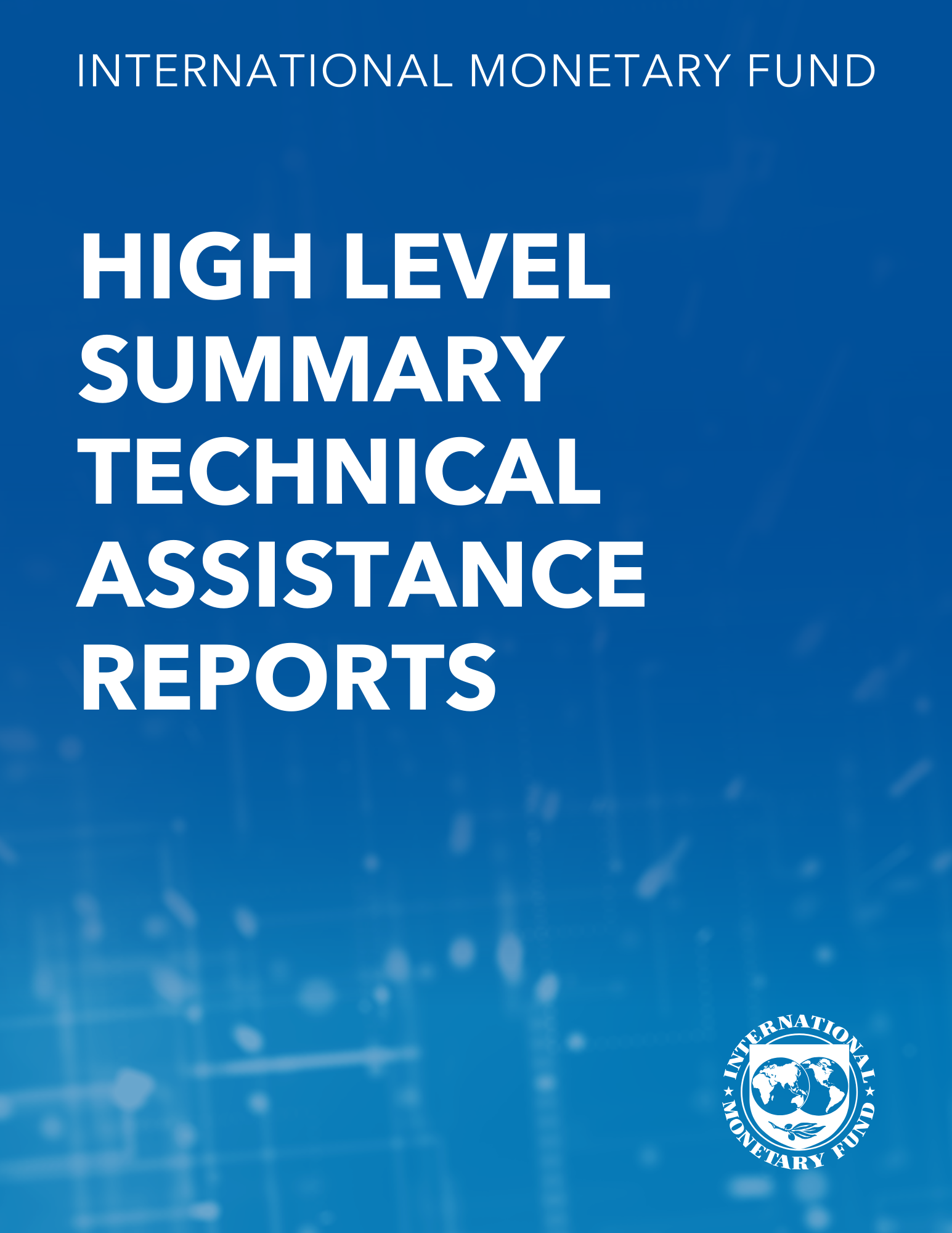Testing a Disequilibrium Model of Lending Rate Determination: The Case of Malaysia
September 1, 1991
Disclaimer: This Working Paper should not be reported as representing the views of the IMF.The views expressed in this Working Paper are those of the author(s) and do not necessarily represent those of the IMF or IMF policy. Working Papers describe research in progress by the author(s) and are published to elicit comments and to further debate
Summary
This study examines whether lending rates cleared the market for loans in Malaysia after interest rate liberalization. It is based on a theoretical model in which adverse selection and marginal cost pricing are brought together by the use of a quadratic loss function in the error correction format. This allows for the use of the cointegration methodology. Long-run tests support the model proposed in the paper, while rejecting part of the financial liberalization model. From the short-run results it is concluded that there is a large lag before lending rates respond to exogenous shocks, thus confirming that they do not fully clear the market for loans.
Subject: Banking, Commercial banks, Credit, Deposit rates, Financial institutions, Financial services, Foreign exchange, Interbank rates, Money, Multiple currency practices
Keywords: adverse selection, commercial bank, Commercial banks, control variable IL, Credit, credit rationing, Deposit rates, equation IL, expected return, IB rate, ID rate, IL rate, Interbank rates, interest rate, Multiple currency practices, S&W model, South America, WP
Pages:
43
Volume:
1991
DOI:
Issue:
084
Series:
Working Paper No. 1991/084
Stock No:
WPIEA0841991
ISBN:
9781451954364
ISSN:
1018-5941






